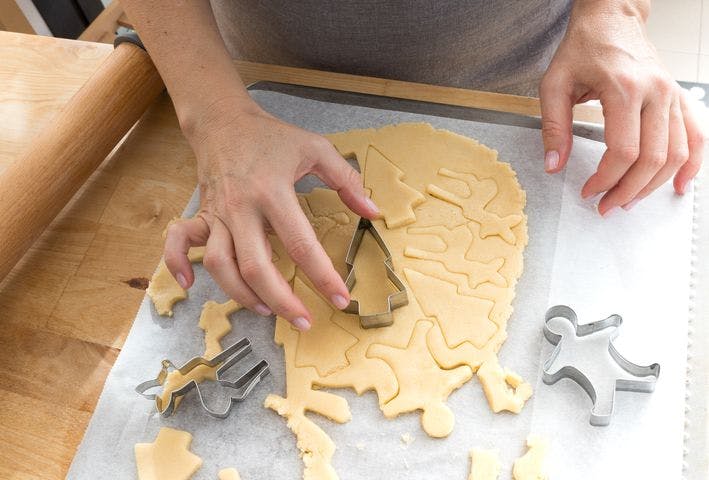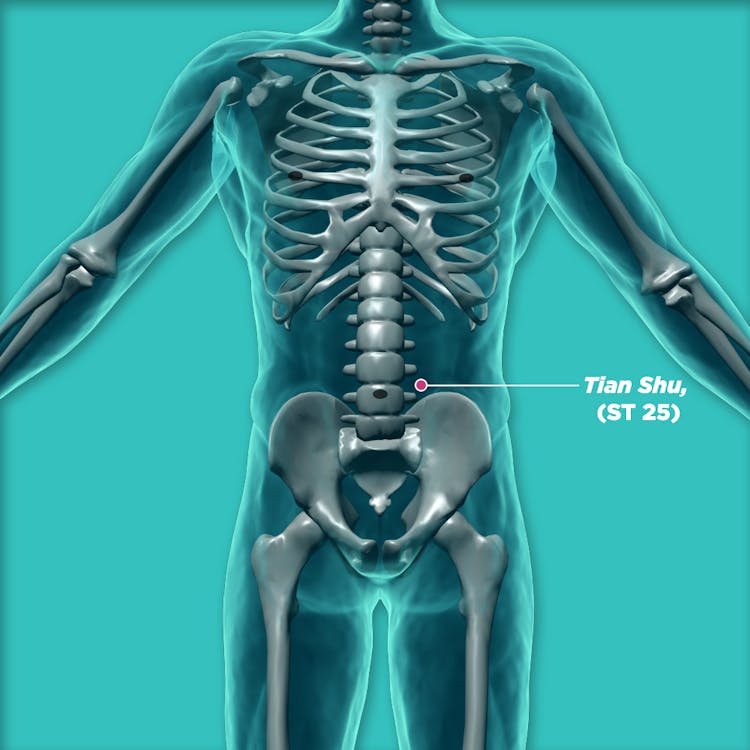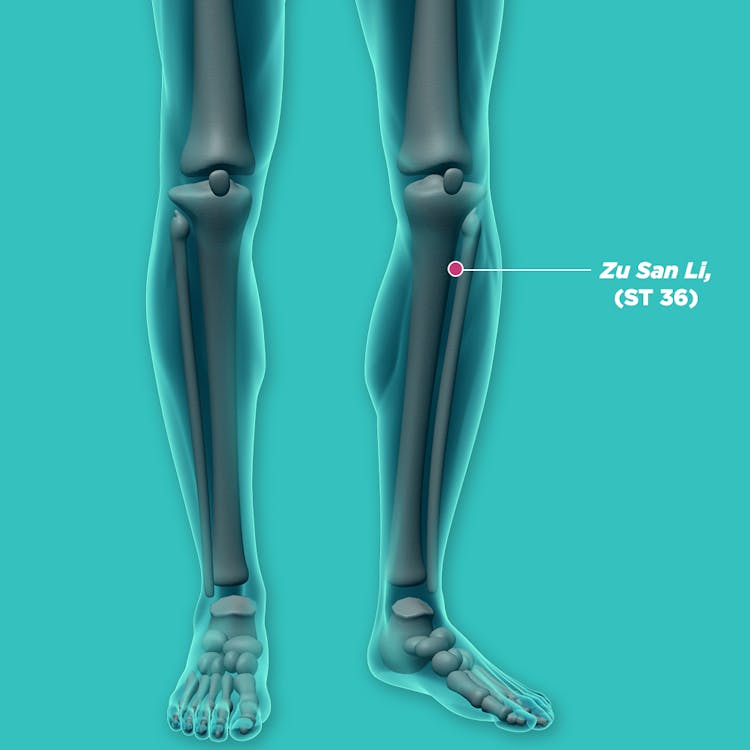Is Your Child a Picky Eater? Here’s How to Boost Their Appetite
Published | 6 min read
Children who are picky eaters can develop food preferences. If untreated, it may lead to nutritional deficiencies.

Does your child hate veggies or prefer certain kinds of food over others? You’re probably raising a picky eater!
Fussy eating means an unwillingness to eat food that has an unfamiliar colours, shapes, sizes or textures. Food neophobia is also common behaviour among children. It describes a child’s refusal to try new foods.
These two disorders are associated with anxiety and feelings of disgust. Fussy eating can also increase a child’s risk of fibre, folate, and vitamin C and E deficiencies. These can lead to digestive problems and a weaker immune response. Check out the causes of picky eating in children and three ways to improve their appetite.

Causes of Fussy Eating
Parenting style
Parents who are strict about the type of food a child can or cannot eat or being demanding about how and what a child eats can prompt their children to become a picky eater. For instance, a child can become fussy if they’re forced to eat healthy food or finish high-calorie foods when they’re already full.
Delayed introduction to semi-solid foods
Research shows that stalling the introduction of lumpy foods to a child can contribute to picky eating habits. Lumpy foods are bits of soft, cooked foods mashed with a fork.
Specifically, one study focused on babies who weren’t fed lumpy foods until ten months or older. It found that one in five babies from this focus group were fussy eaters by the time they were 15 months old. In addition, these babies were also twice as likely to have set food preferences and insisted on only eating pureed food even after turning one.
Illness
A child that contracts a cold or develops gastroenteritis – an inflammation of the intestinal lining due to virus, bacteria or parasites – can be vulnerable to poor appetite and indigestion. Generally, parents need not worry if a child resumes their daily activities after recovering from illness. However, in some cases, a child’s condition may worsen. This can result in weight loss, a foul mood or reluctance to participate in activities.
A picky eater according to TCM
In Traditional Chinese Medicine (TCM), a child may experience a lack of appetite or indigestion if they experience Liver Qi Stagnation that arises due to stress, Liver Fire due to anger, or Deficiencies of the Spleen and Stomach. Children don’t know how to practice self-control when eating. They also tend to be picky eaters who only eat snacks or sweets before and after meals.
These eating habits will impair the ability of the Spleen and Stomach to transport and transform substances. Hence, pairing an inconducive eating environment and unhealthy habits can make a child susceptible to problems like poor appetite and indigestion.

Signs of Fussy Eating in Children
There are several signs a picky eater may show that warrant further evaluation, such as:
- Diarrhoea
- Vomiting
- Atopic conditions like eczema
- Difficult or painful swallowing
- Feeding that’s interrupted by crying
- Developmental anomalies like autism, prematurity and congenital abnormalities
Three Ways to Encourage a Picky Eater to Indulge
Taking preventive steps before a child turns two is recommended. This is because children between the ages of four to nine will find it harder to change their behaviour towards food consumption.
Introduce them to a fun way of eating
Preparing foods in different shapes can be an interesting way to enhance a child’s appetite. If they aren’t particularly fond of certain kinds of food, it’s not necessary for parents to prepare alternative meals. Instead, take comfort in knowing that they’re still likely to eat them during their next mealtime, or when they’re hungry.
Ultimately, it’s vital that parents include foods from these groups to ensure their children consume a healthy diet daily. These include:
- Carbohydrate-rich foods like bread, noodles, rice, oats and grains
- Fruits and vegetables
- High protein foods like red meat, eggs, tofu and beans
- Dairy products like milk, yoghurt and cheese
Support their diet with supplements
A clinical physician may recommend several health supplements to boost your child’s intake of certain nutrients. Multivitamins, prebiotics and probiotics are beneficial for improving gut health. A TCM practitioner, on the other hand, can propose classical formulas like si jun zi soup (四君子汤) or si shen powder (四神粉) to promote Spleen and Stomach function.
Consequently, a healthy digestive system can also strengthen a child’s immune system. Parents can opt to give children a juice blend with multiple fruits like oranges and berries to build immunity.
“Chinese yam (shan yao, 山药) and malt (mai ya, 麦芽)are commonly prescribed to help strengthen a child’s digestive system. The latter is also good for promoting better digestion and qi (vital energy) circulation”, advises physician Lim.
Perform paediatric tuina
Known as an external form of therapy, paediatric tuina involves using various techniques to activate pressure points. It’s widely applicable to many illnesses, and highly effective in dealing with respiratory and digestive disorders. You can administer this massage type on your children once you master the basics.
It’s also worth noting that tuina starts from the pressure points on the upper limbs before moving to the head, face, body, and lower limbs. The application of talcum powder and baby oil on the pressure points can also help ensure you don’t scrape your child’s skin.
The main pressure points and areas that you can stimulate are:
- The palm – Use your thumbs to rub your child’s palm in a clockwise direction 300 times.
- Distal Palmar Crease (zhang yuan duan zhe hen, 掌远端折痕) – Use the side of your thumb to massage a child’s distal interphalangeal (between the index finger and the little finger) joints 300 times.
- Celestial Pivot (ST25, tian shu, 天樞) – Use both of your thumbs to press on the side of the navel. Your thumbs should be two inches away from the navel. Rub the pressure points 50 times.
- Zu san li (ST36, rou zu san li, 揉足三里) – Use the tips of your thumb to massage the pressure point 50 times. It’s located three inches below the patella, and one inch beside the tibia.
- Thenar (rou ban men, 揉板门) – Use the tip of your thumbs to rub your child’s thenar muscles (the part from the base of the thumb to the base of the palm) 300 times.
- Spleen Invigorating Channel (bu pi jing, 补脾经) – Massage the tip of your child’s thumb 500 times with your thumb before moving down the margo radialis to their knuckles.
Doing so will aid a child’s digestive function by strengthening the Spleen and Stomach. It can also help clear Heat from the body.
Early intervention is the best way to help a picky eater regain their desire for food. It is important to discuss treatment options with your clinical physician or TCM practitioner to find the best solutions to encourage your child to eat well-balanced meals.
References
- BMC. 2020. Childhood fussy/picky eating behaviours: a systematic review and synthesis of qualitative studies. [Accessed 25 February 2022]
- Sharepoint. Paediatric TCM for Shin Min and Poor Appetite/Indigestion. [Accessed 25 February 2022]
- Harvard Health Publishing. 2020. Study gives insight – and advice – on picky eating in children. [Accessed 25 February 2022]
- Better Health Channel. Toddlers and fussy eating. [Accessed 25 February 2022]
Share this article on








